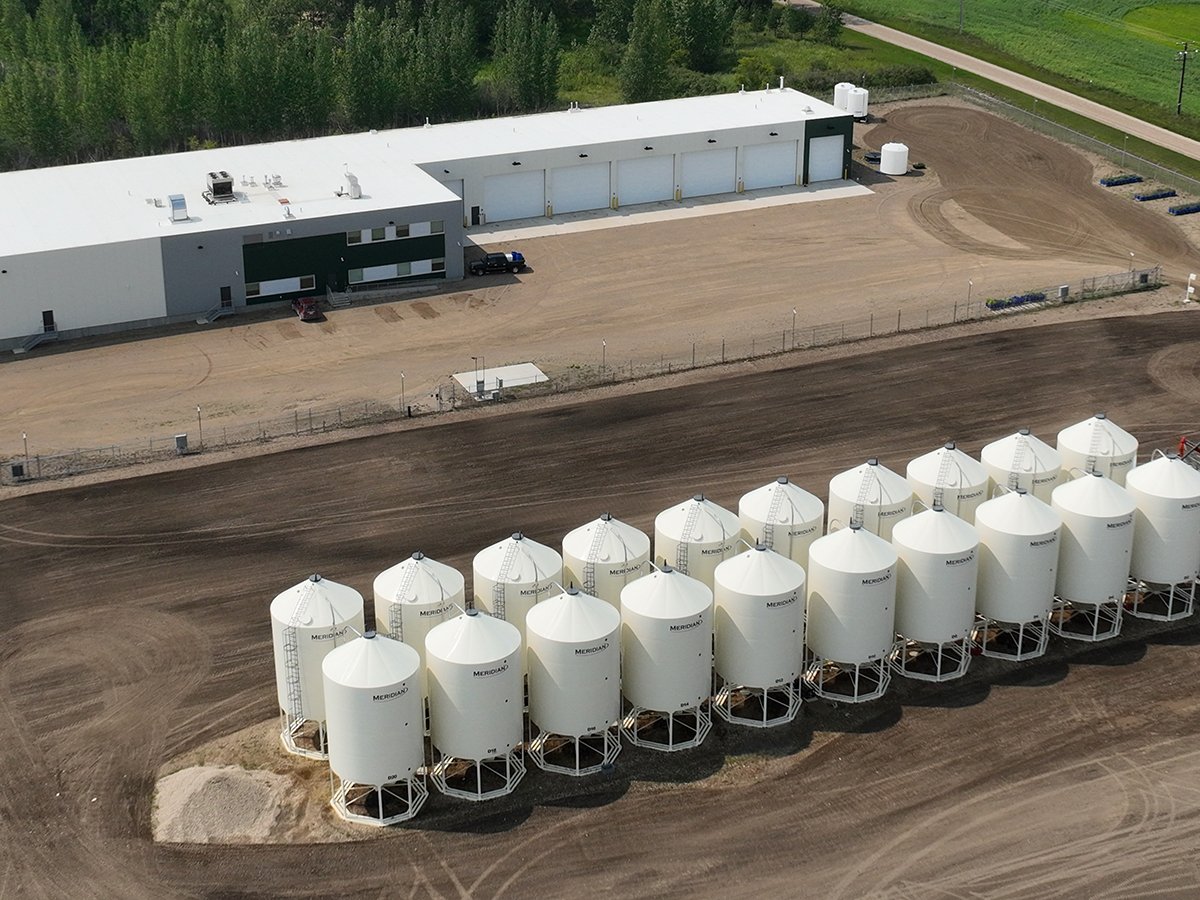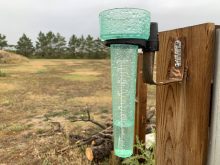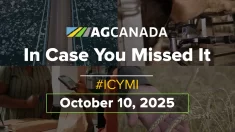The prairie grain industry is hitching high expectations to the Conservative government’s promise that shortly after the passage of shipper rights legislation now before Parliament, a study will be launched to scrutinize railway performance.
But early indications are that the shipper sectors that have been agitating for a railway performance audit will not necessarily be centre stage.
Transport Canada officials are planning a much broader study and even the railways say they look forward to it as a way to exonerate their record.
At a House of Commons transport committee meeting Nov. 29, a representative of the prairie grain elevator industry told MPs the review should be a window onto shipper service complaints.
Read Also

Saskatchewan firm aims to fix soil with compost pellets
In his business, Humaterra, Leon Pratchler is helping farmers maximize yields in the weakest areas of their fields through the use of a compost pellet.
“The main objectives that we have in a review of railway service would be first to end inadequate service provided by railways to freight shippers by correcting inadequate car supply, unreasonable shortfalls between cars requested by a shipper and cars supplied by the railway company serving that shipper,” said Wade Sobkowich, executive director of the Western Grain Elevator Association.
He said other issues before the review by the Canadian Transportation Agency will be “unsatisfactory performance” by the railways in transit, spotting and switching of cars and the “unreasonable” imposition of nonfreight rate charges by the railways for services as diverse as car cleaning and currency conversion.
“This study is extremely important to us,” said Sobkowich. “We view the railway service review as trying to get in front of problems before they occur.”
However, at a Nov. 22 appearance on Parliament Hill, senior Transport Canada official Helena Borges said the review will include comparisons of Canadian rail service with that in the United States, Europe and Asia.
It will also assess rail performance in up to 15 sectors and include hiring a nongovernment monitor to examine the railway environmental impact. And it will assess investment and capacity in the Canadian rail system as well as cross-border traffic and congestion.
“We’re probably looking at 12 to 15 sectors and making sure that across the system, we get a good measure of what’s happening today and what we foresee in the future in terms of continued growth. Can that service support the growth?” the director general of surface transport policy for Transport Canada told MPs.
Borges said a budget is being created to allow the review to continue through the next year. She offered no view on how long it could take.
The level-of-service review also will look at the issue of rules governing railway movement of hazardous goods.
Cliff Mackay, president of the Railway Association of Canada, told MPs last week his members see the review as a chance to repudiate their critics.
“We hope it’s going to be an opportunity to sort the wheat from the chaff,” he said. “One of my personal frustrations when we get into rail service issues is that it’s all anecdotal. There is very little factual information out there. It’s this story or that story or ‘somebody told me this or somebody told me that’ and it’s on both sides, the rail side and the shipper side.”
Mackay said the review should have the resources and time to analyze what really has happened.
“We believe that our services have been improving over time. Others would disagree with us but that’s what we believe and we would like the opportunity to show people what we’re doing and why we’re doing it.”
While the level-of-service review is promised in Bill C-8, it may not happen if political expectations of a winter election prove accurate and the legislation does not make it through both the House of Commons and the Senate. Then it would be back to square 1 in a new Parliament.














